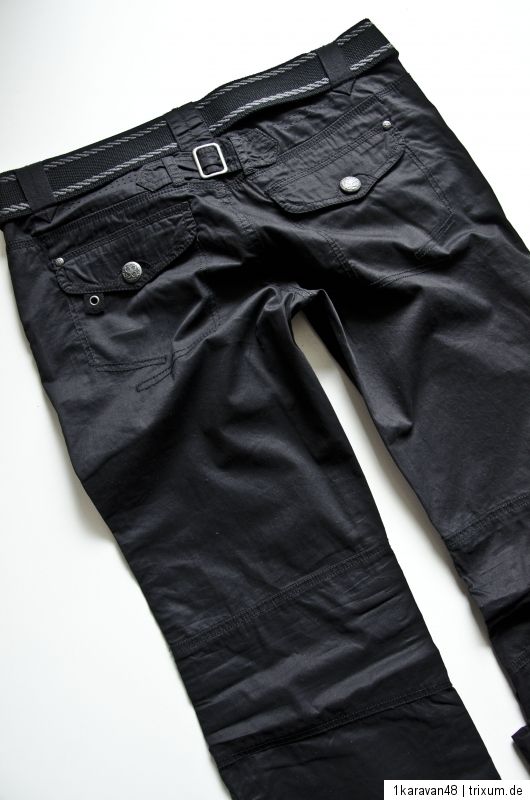
EDC ESPRIT PLAY TURN UP CARGO Freizeit Hose grau 36 Short in Sachsen - Markkleeberg | eBay Kleinanzeigen

Esprit,edc,Play Turn up,Hose Gr.34, Länge short/kurz, neu mit Eti in Hessen - Herbstein | eBay Kleinanzeigen

EDC ESPRIT PLAY TURN UP CARGO Freizeit Hose grau 36 Short in Sachsen - Markkleeberg | eBay Kleinanzeigen

edc by ESPRIT Damen Play Turn-Up Bermuda, Blau (Blue Stone 470), (Herstellergröße: 38) | Amazon Preisverfolger/-verfolgung, Amazon Preisverlaufsdiagramme, Amazon Preisüberwachungen, Amazon Preissenkungsalarme | camelcamelcamel.com


















